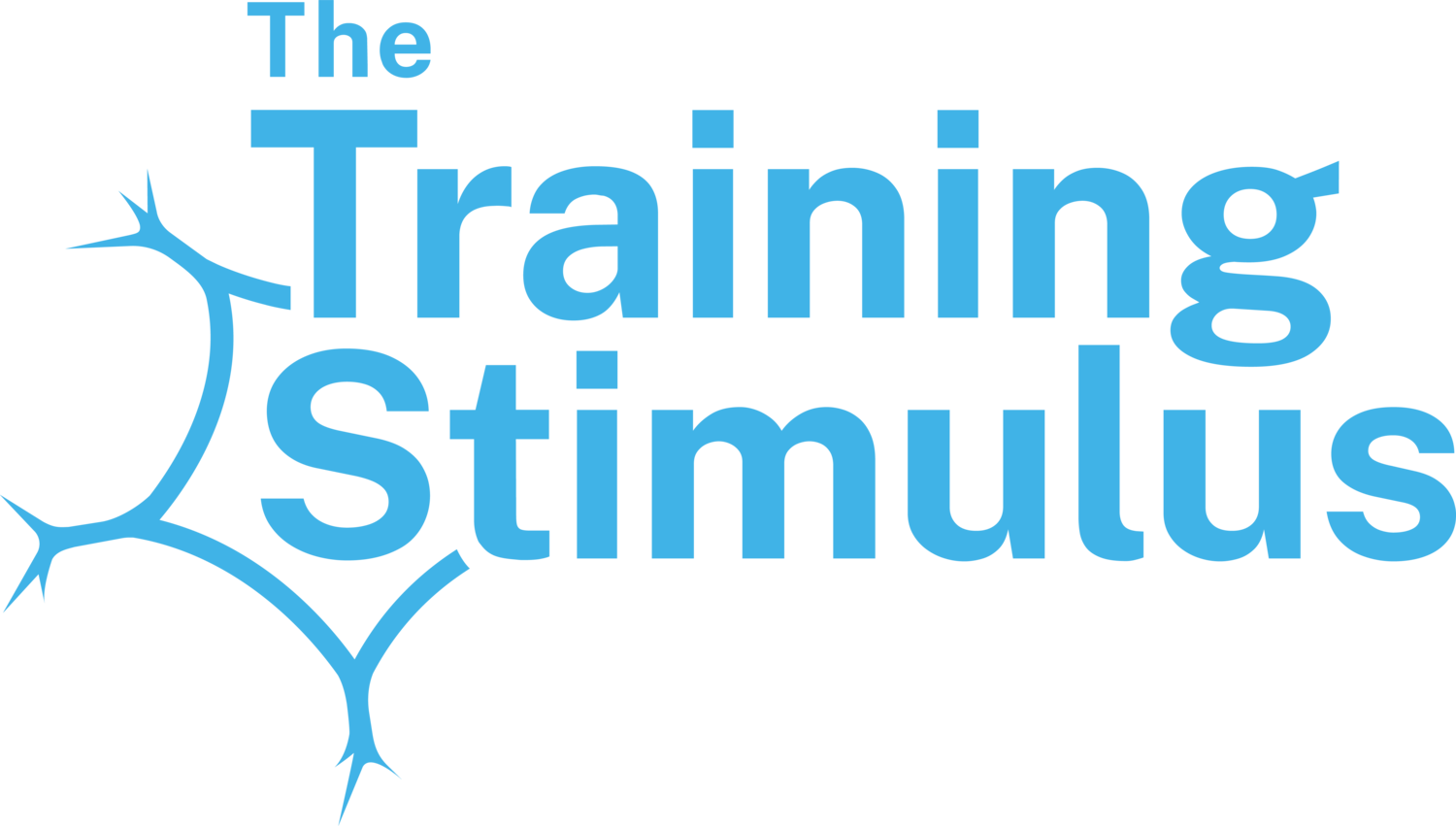How Much Variation Is Too Much? The Truth About Changing Up Your Training
“Keep the body guessing.”
“Muscle confusion.”
“Always switch it up.”
You’ve heard the phrases — and maybe even bought into the idea that constantly changing exercises is the path to progress.
But the reality? That approach might be holding you back.
In this post, we break down what we discussed on a Lunge & Lift podcast ep: why variation only works when it’s strategic, and how to avoid the “random workout trap.”
⸻
🚫 When Variation Goes Wrong
Too often, variation = entertainment, or should I say enter*train*ment. 🥁
New exercises feel fun, especially in group training or Instagram-inspired sessions. But if the goal is actual progress — stronger lifts, better movement, more resilient tissues — randomness won’t cut it.
Why?
Because your body needs repeated exposure to adapt. If you never stick with a movement long enough, you don’t build:
Skill
Stability
Strength
Tissue tolerance
⸻
🎯 The Right Kind of Variation
Good variation has intention.
It either:
Targets a specific weakness
Reinforces a motor pattern with a slight twist
Overloads one element of the lift (e.g., speed, position, grip, lockout etc.)
Here’s how elite coaches program variation:
A lifter who misses snatches forward → no-contact snatch
Lacks bottom-end squat strength → tempo or pause squats
Weak in the turnover of muscle-ups → strict bar or eccentric work
Every variation is chosen to fix something. It’s never just for show.
⸻
🧠 Understanding Skill vs. Threshold
A useful model we talk about often:
All movements sit somewhere between skill and threshold.
A new movement = higher skill, harder to push intensity
A known movement = lower skill demand, easier to push threshold
If you change exercises too often, you’re always battling the skill side of the curve. You’re spending energy learning, not expressing close to max capacity. And that’s fine — if learning is the goal.
But if you’re trying to get strong, move better, or compete? You need time under tension with consistency.
⸻
🏋️♂️ What Elite Athletes Actually Do
Top performers revisit the same patterns over and over.
They use subtle variation to stay sharp, reduce overuse, or address specific needs. But they rarely reinvent the wheel.
Matt Fraser didn’t get better at the snatch by doing a different lift every week. He snatched. Then snatched again. Then again.
⸻
✅ Takeaways
Here’s how to approach variation like a pro:
Get clear on your main goal (strength, skill, hypertrophy, etc.)
Identify your actual limiter
Select variations that directly improve that limiter
Revisit your base movements consistently
Use novelty to support progress — not replace it
⸻
If you’re always chasing new exercises and not seeing gains, it’s time to zoom out.
🎧 Want to dive deeper? The full episode’s here → Listen Here
Ash
